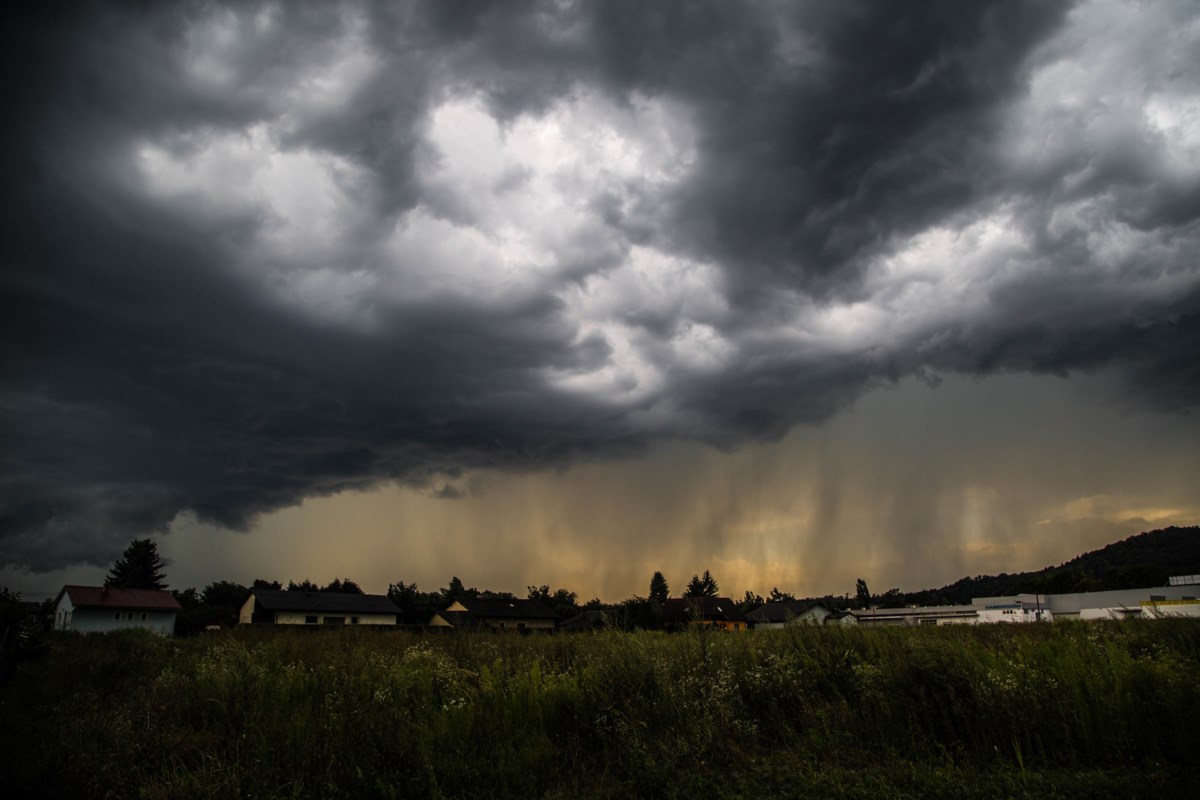Safety - Yosemite National Park (U.S. National Park Service)
Visitors to Yosemite National Park are the park's most important guardians. With Yosemite's nearly four million people watching over its special plants, animals, historic, and archeological sites, imagine how well-protected these park resources could be!
During your visit to Yosemite, be aware that there are people who either intentionally or unknowingly harm park resources. Please contact a park official if you see any of the following illegal acts:
If you see activities that could harm people or park resources, jot down any descriptions or a vehicle license plate number, and call or text 911. See below for more park regulations.
Respect animals at a distance: never feed or approach them.
Some visitors choose to bring pets along on their vacations. In Yosemite, pets have a few rules to follow.
Each season, plants are crushed from bicycle travel in meadows, campgrounds, and picnic areas. Please respect park resources and .They are not allowed to travel off-trail, on unpaved trails, paved trails signed as disallowing bicycles, or in wilderness areas. Mountain biking opportunities are available in designated areas outside of Yosemite. Bicyclists under 18 years of age must wear a properly fitted bicycle helmet. Speed limit on paved bike paths is 15 mph for all transportation devices.
E-bikes with two or three wheels, fully operable pedals, and electric motors less than 750 watts (1 horsepower) are allowed everywhere bicycles are allowed.
If you will be hiking or climbing, please read our hiking safety and climbing safety pages.
Traveling through Yosemite by car, bus, or bicycle provides a wonderful opportunity to slow down and enjoy the park 's incredible scenery. When traveling on park roads you can protect yourself, other visitors, and park wildlife by observing the following simple rules:
Success! Many areas along the Merced River used to show signs of human trampling.The soil was bare and heavily eroded. Now, because of the careful actions of visitors and park staff, many of these areas have been restored to more natural conditions.The plants, birds, insects, and animals that depend on living in or near the water have been able to return to these once barren areas.
You can help continue this progress by entering and exiting the river at designated launch and removal points, and by taking breaks on rocky, sandy beaches or point bars. Packing out what you pack in will also help keep the river free from trash and prevent animals from swallowing harmful plastic or aluminum. Please observe the following safety tips to protect Yosemite's river and lakeshore habitats and to safely enjoy water activities throughout the park.
- Emissions from campfires can degrade air quality in and near campgrounds. This is especially true at night and in early morning, when inversions trap and concentrate fine particles from those campfires near the ground, creating local conditions that are potentially unhealthy for sensitive individuals. Conditions may be smoky anytime from spring through fall due to both planned and unplanned fires in or near Yosemite.
-
is prohibited. Hang gliding is allowed with a permit.
-
from or on lands and waters administered by the National Park Service within the boundaries of Yosemite National Park is prohibited. Unmanned aircraft includes (but is not limited to) model airplanes, quadcopters, and drones. The park will not issue permits for Unmanned Aircraft System (UAS), or drones, use in Yosemite National Park.
This restriction is to protect the public from hazards and preserve the park’s natural, aesthetic, and scenic values. The use of machine airborne or controlled devices, such as unmanned aircraft systems (UAS) or drones, has the potential to interfere with public safety by posing an in-flight hazard to emergency helicopter use in the park. The use of these devices also has the potential to disrupt wildlife by interrupting migration, nesting, mating, and hunting activities to include, but not limited to, protected species such as the peregrine Falcon. This restriction is in accordance with NPS Management Policy 8.2, which prohibits recreational uses that conflict with the scenic values and view sheds that the park was designated to protect and the associated activities in which individuals seek solitude and tranquility with an expectation of privacy. Furthermore, the use in designated Wilderness areas violates the Wilderness Act, which prohibits motorized equipment. An interim measure may be put into place at a later date after the park administration evaluates the appropriateness of this new use on a long-term basis.
If you have an emergency, call or text 911. Ambulance service is available 24 hours per day.
The Yosemite Medical Clinic, established in 1929, accepts new patients for urgent care, primary care, and employee health. The clinic is located in Yosemite Valley between Yosemite Village and The Ahwahnee. You can reach the clinic by calling 209/372-4637.
Like all national parks, we are closely monitoring the news of the spread of the Coronavirus (COVID-19). Comprehensive, accurate, and up-to-date information about the virus can be found on the CDC's website. The park is taking steps to prevent illness and mitigate any impacts.
While visiting Yosemite, it's possible (though unlikely) that you could be exposed to a variety of vector-borne diseases, such as hantavirus or Lyme disease. Other public health issues in Yosemite relate to air and water quality.












